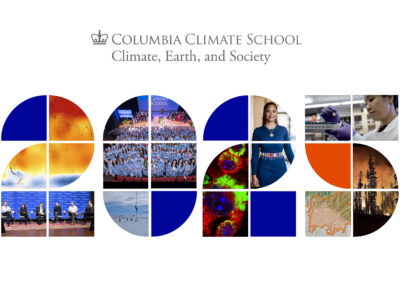Using satellite images spanning decades, a new study has found that the northern tundra is becoming greener, as warmer air and soil temperatures lead to increased plant growth. The study, published this week in the journal Nature Communications, measured vegetation changes across the Arctic tundra, from Alaska and Canada to Siberia.
“The Arctic tundra is one of the coldest biomes on Earth, and it’s also one of the most rapidly warming,” said Logan Berner, a global change ecologist with Northern Arizona University, who led the research. “This Arctic greening we see is really a bellwether of global climatic change.”
The study used satellite data from Landsat, a joint mission of NASA and the U.S. Geological Survey. Landsat data can be used to determine the amount of actively growing vegetation on the ground; as plants grow more, they become denser, and as shrubs proliferate, they encroach on typical tundra grasses and mosses. The research is part NASA’s Arctic Boreal Vulnerability Experiment (ABoVE), which aims to better understand how northern ecosystems are responding to warming conditions.

The greening effect has wide implications. As tundra vegetation changes, it affects wildlife that depend on certain plants, and people who depend on ecosystems for food. And, while active plants absorb more carbon from the atmosphere, warming temperatures could also be thawing permafrost, releasing greenhouse gases.
“We definitely need to better understand how Arctic vegetation responds to warming,” said coauthor Laia Andreu-Hayles of Columbia University’s Lamont-Doherty Earth Observatory. She and coauthor Rosanne D’Arrigo, also based at Lamont-Doherty, have another study in press in the journal Environmental Research Letters, which reveals that just a very narrow window of summer temperatures is key for shrub growth in the North Slope of Alaska.
For the Nature Communications study, the researchers used the Landsat data and additional calculations to estimate the peak greenness for a given year for each of 50,000 randomly selected sites across the northern tundra. Between 1985 and 2016, about 38 percent of the sites across Alaska, Canada and western Eurasia showed greening. Only 3 percent showed an opposite browning effect, which would mean fewer actively growing plants. To include eastern Eurasian sites, the scientists used data starting in 2000, the year when Landsat satellites began collecting regular images of that region. With this global view, 22 percent of sites greened between 2000 and 2016, while 4 percent browned.
The researchers collated greening patterns with other factors, and found that the greening was associated with higher soil temperatures and higher soil moisture. They confirmed the findings by conducting plant-growth measurements at field sites around the Arctic.
“Landsat is key is for these kinds of measurements, because it gathers data on a much finer scale than what was previously used,” said Scott Goetz, a professor at Northern Arizona University who also worked on the study and leads the ABoVE science team. “There’s a lot of microscale variability in the Arctic, so it’s important to work at finer resolution while also having a long data record.”
Adapted from a press release by NASA Goddard Space Flight Center.



